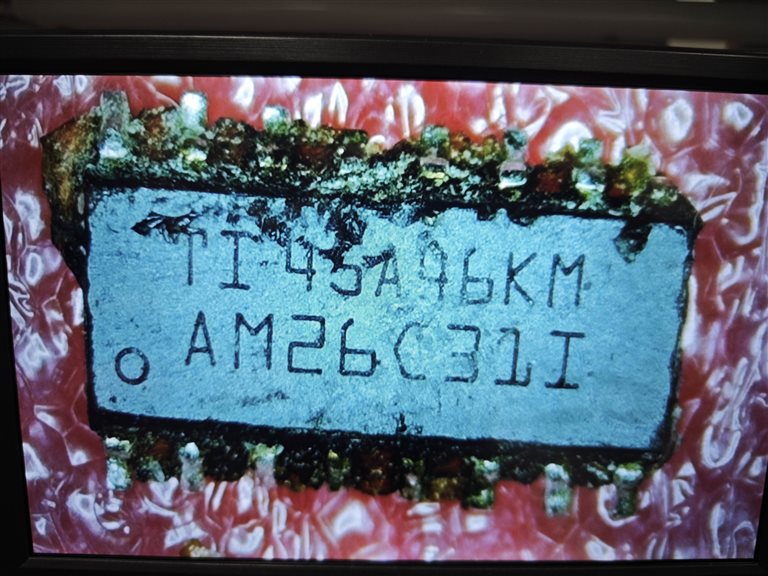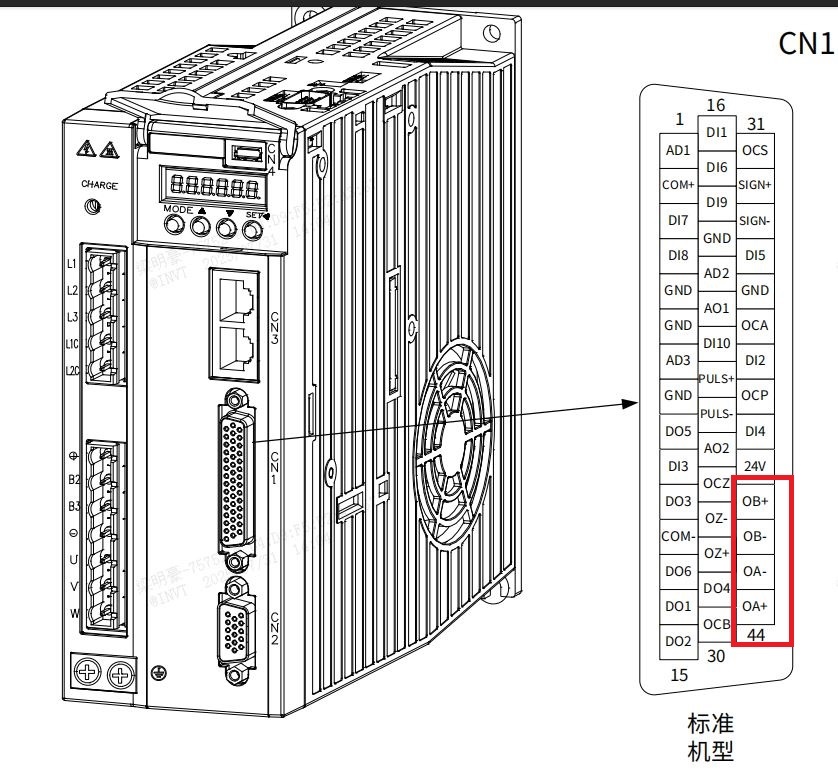Other Parts Discussed in Thread: TVS0701, TSD12C
Tool/software:
Hi team,
My customer uses a lots of AM26C31IDR in Servo and VFD products.
Now they met a output waveform distortion issue of AM26C31 in servo products, which is that Y ouput or Z output can not be pulled down to GND.
From their end customer’s feedback, issue rate is 20%.
They did the ABA experiments and issue follows with device.
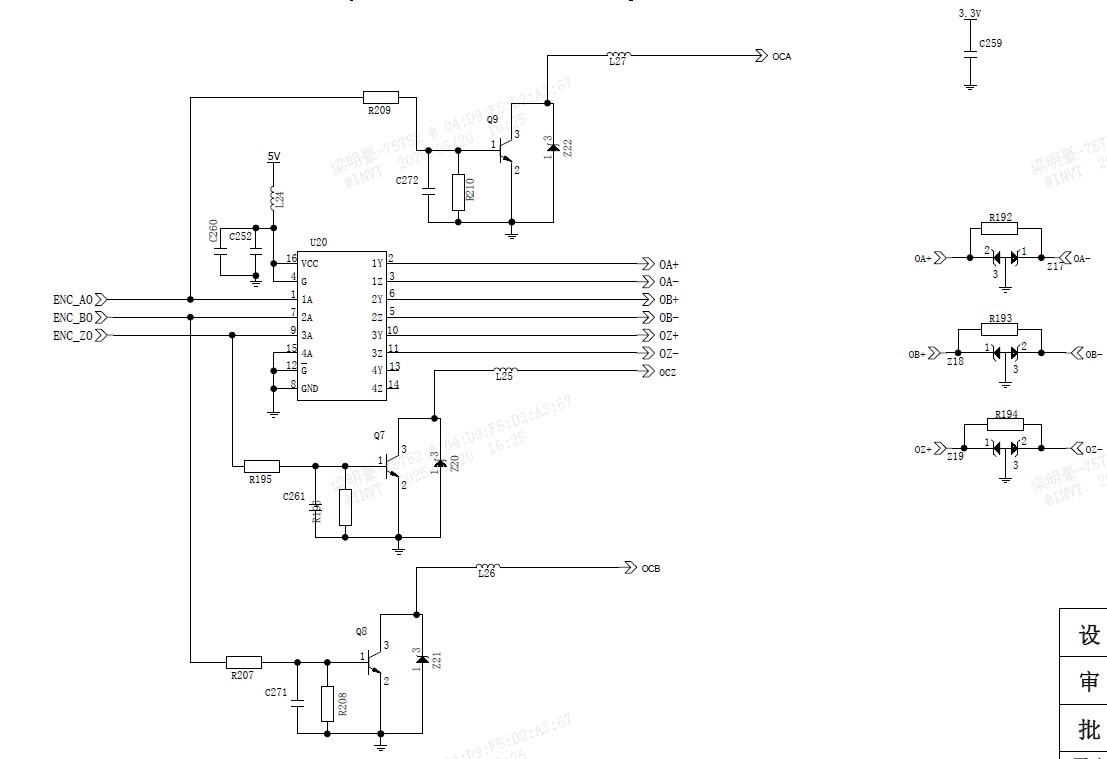
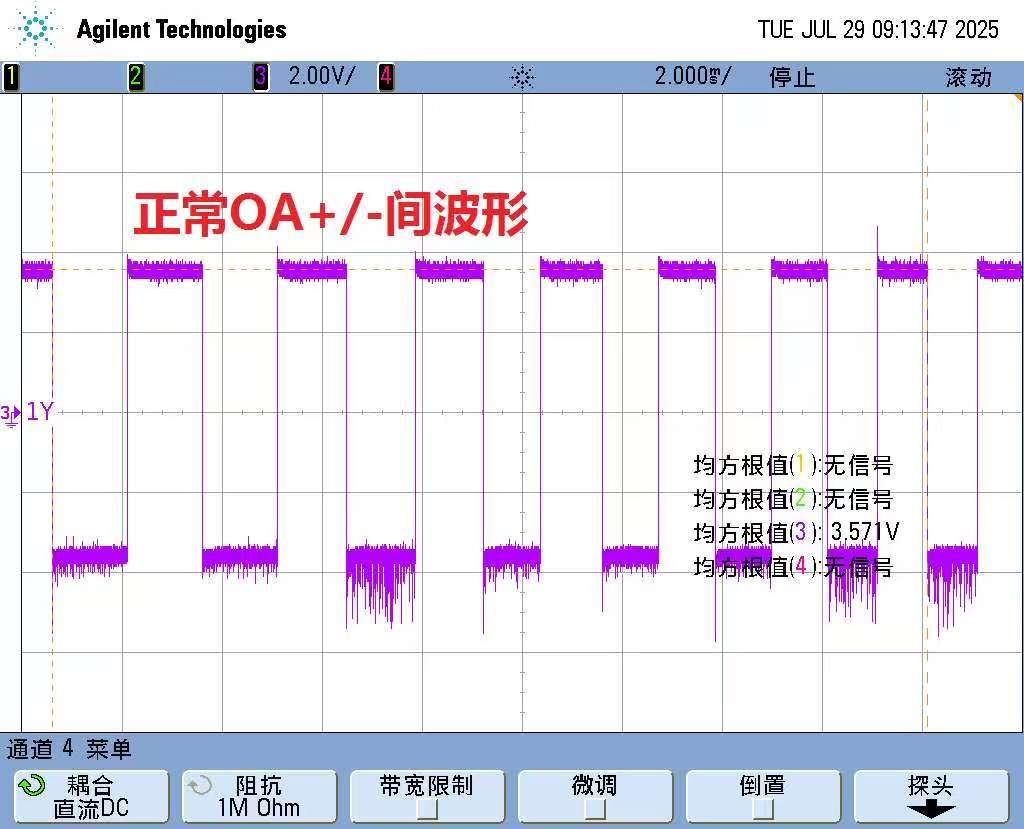
Above is nornal differential siganl from (OA+) - (OA-)
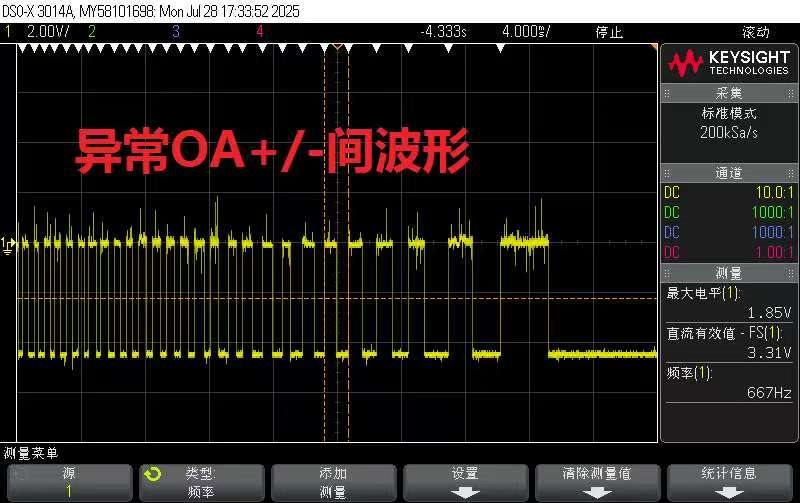
Above is issue waveform and you can see differential signal is nagetive.
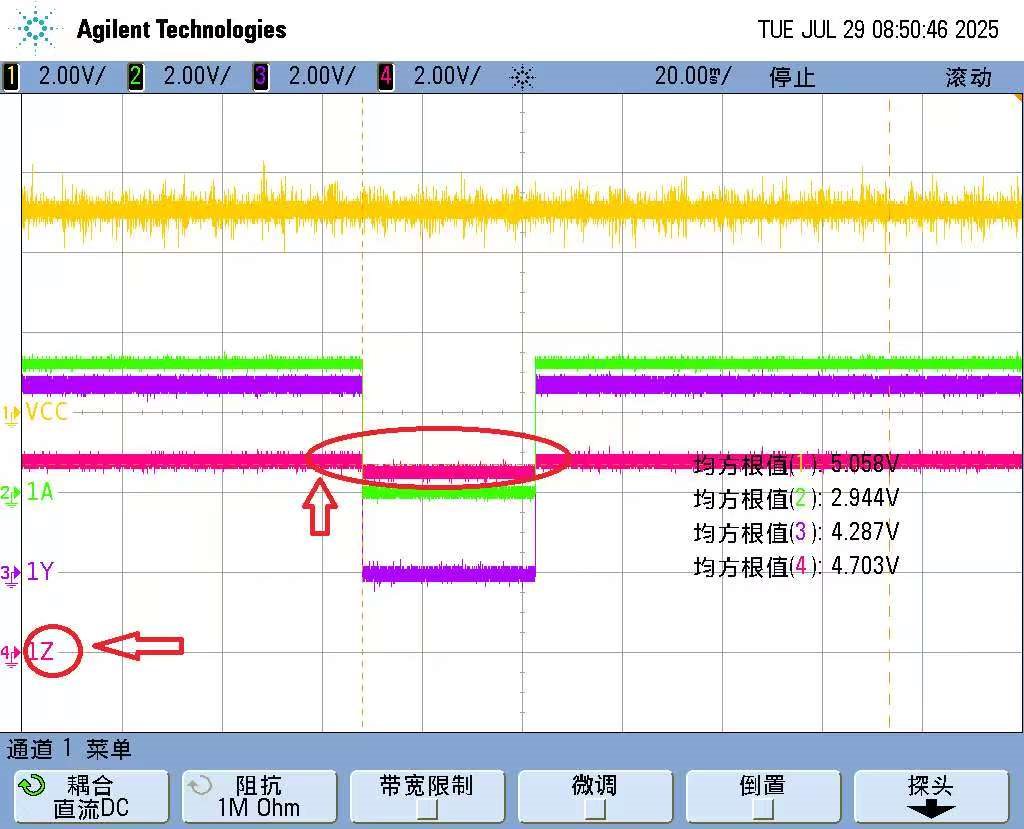
Above figure is to measure 4x signal by using single end to GND. You can see 1Z pin has a abnormal output.
It seems that 1Z can’t be pull down to GND, which means low side MOSFET is damaged or something wrong on MOSFET’s driver.
The TVS device they use between AM26C31’s output and connector is ESDA14V2L, which is 12V/12A/300W. Is it enough for this application?
Could the failure be caused by an ESD problem between those two boards.
Do you think it is suitable to do FA process for this case?
